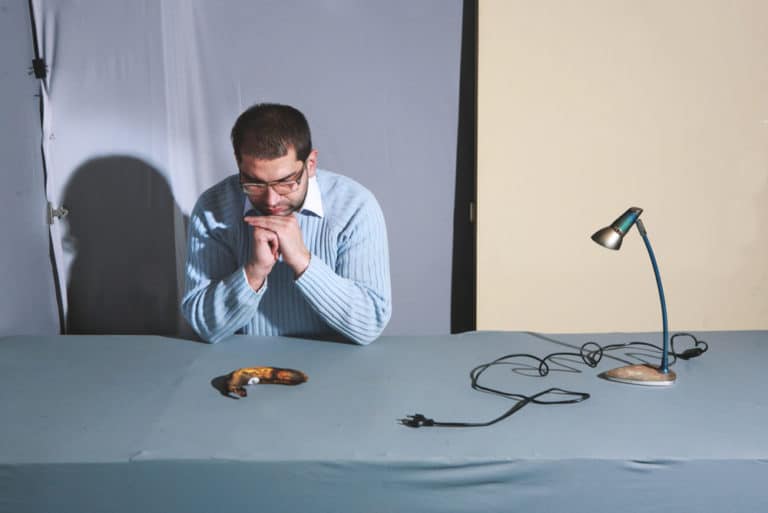Christchurch attacks: what should responsible reporting look like?

After the news of the Christchurch terror attack broke, it was shocking but not surprising to see the tabloid press exposing the most sensitive parts of the tragedy. In this case, this was visual: both the Daily Mail and the Sun’s websites featured the live-streamed footage of the shootings themselves. The Sun also included an animated GIF of the video on its homepage, which becomes all the more troubling and abhorrent when we remember that it’s the U.K.’s most widely read newspaper.
In her book, Regarding the Pain of Others, Susan Sontag discusses the politics of what it means to look at tragedy, both in the literal, visual sense, and also to read about and engage with it. Sontag says that to regard tragedy more broadly is to read about it, and engage with details of it. Beyond the visual realm, it’s notable that the Mail also allowed readers to download the manifesto of the terrorist attackers, encouraging readers to engage in a type of looking that wasn’t directive of prescriptive (will they be looking out of curiosity? To scrutinise? To become radicalised?). Even if editors had their own idea of why readers should engage with it, it’s worth considering that once the artefact is out in the world to be looked at, they may not have control of how it is used.
But attack after attack, tragedy after tragedy, violence upon violence, outlets that go far beyond the right wing press must continually reflect and interrogate what responsible reporting looks like. For me, the Sun and the Mail are examples on the extreme end of the spectrum, as there’s no doubt in my mind there has been a historical institutional judgement that clicks are more important than respect for the dead. What’s more, their editorial decisions fit into a wider trend of continued racist and Islamophobic reporting. But what about our ‘responsible’ outlets? We should be critical of the calls that are made in how black and brown bodies are portrayed in cases of violence—not to mention acknowledging when reporting has been done responsibly.
Images of grief, as demonstrated in The Guardian but also commonly in the New York Times, go a long way in articulating the gravitas of a tragedy without dehumanising those whose lives have been lost. During the peak of the Black Lives Matter movement, the New York Times opted for images of tributes, vigils, flowers and cards, and the BBC has also overwhelmingly used this narrative technique to articulate the grief after Christchurch. Showing images of protests—as seen by the comprehensive video coverage of the movement by the Guardian—can also convey that we should be angry, without having to show graphic detail of violence itself. In images where grievers are distressed, it’s important that these are consensually captured with the subjects’ knowledge, as otherwise journalists run the same risk of objectification and stripping autonomy of those in pain. Eyewitness accounts, which were also used by the Guardian in the wake of Christchurch, can equally responsibly explain events from the perspective of victims and survivors, which gives power back to them in how tragedies are told.
The fault lines between necessary and sensationalised information can be blurry, and decisions often need to be made about what will best explain the gravitas of a tragedy with due respect. In one of the Guardian’s first pieces of coverage on the Christchurch attack, it ran a headline with the quote “I saw people drop dead”, which could be deemed as emotive rather than unacceptably graphic. Both the Atlantic and Vox also ran coverage that discussed the content of the attacker’s manifesto, despite not hosting it in its entirety.
It is not always clear cut. However, the fact that these questions may be difficult to navigate shouldn’t deter outlets, and the general public, from continually posing them. We must be critical of how tragedy is relayed to us—what we should see, and what should go unseen.
Micha Frazer-Carroll is arts and culture editor at gal-dem and writes for HuffPost U.K.




